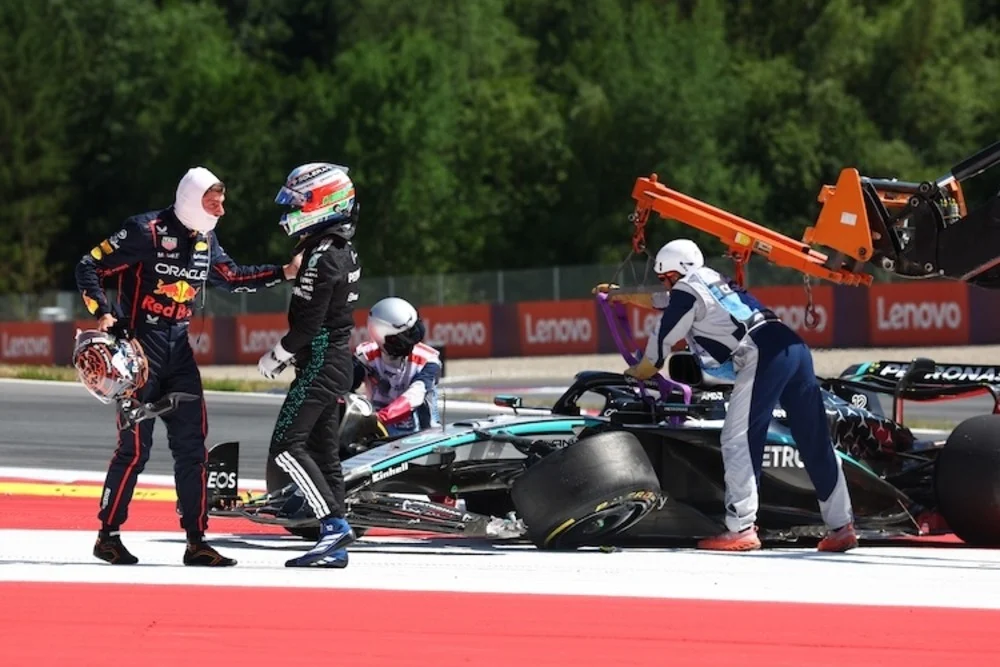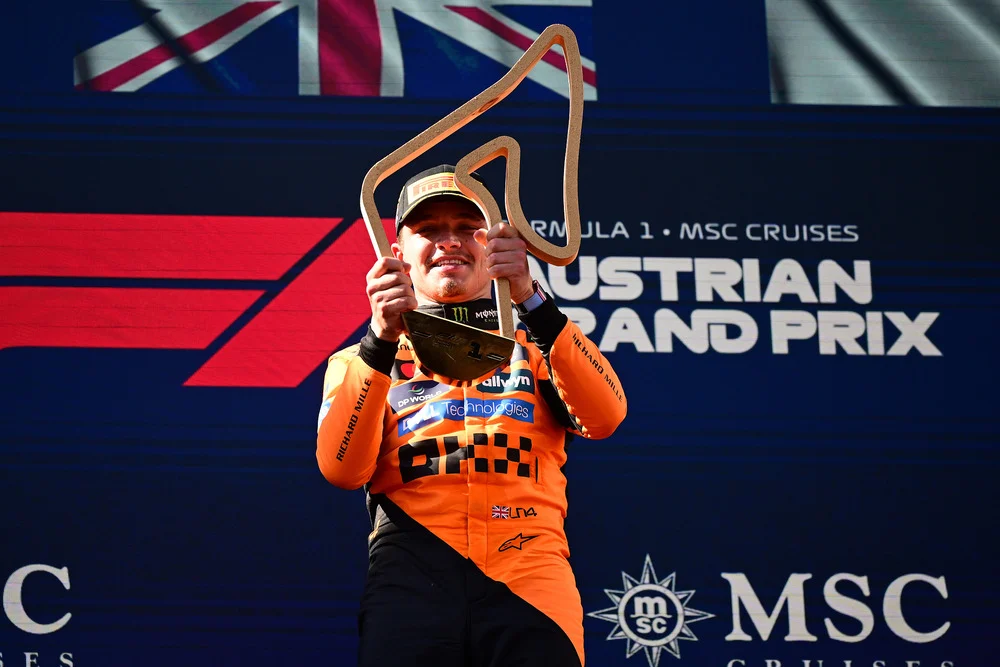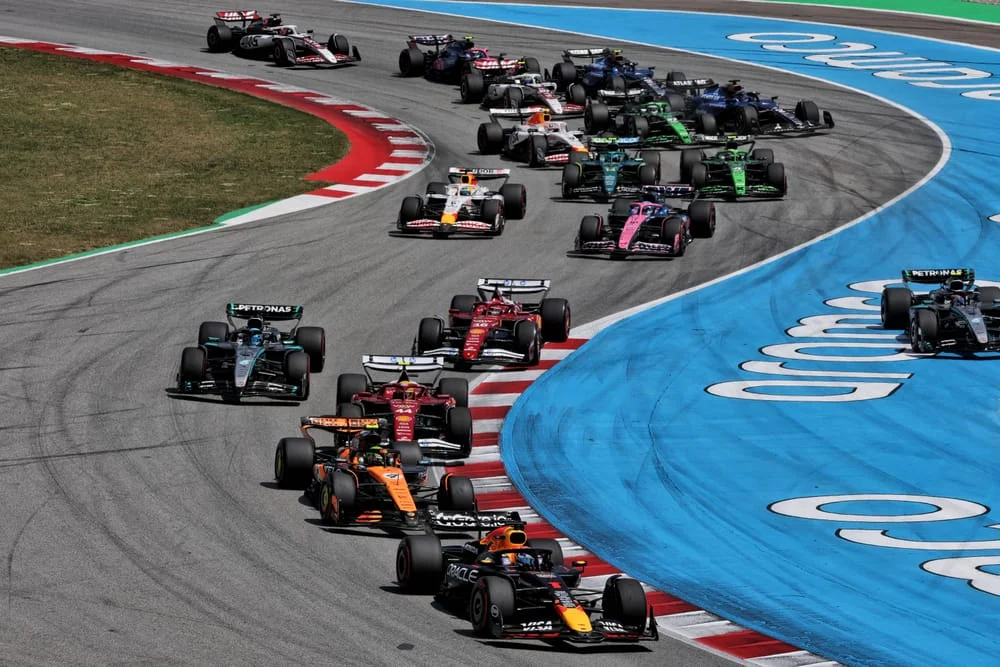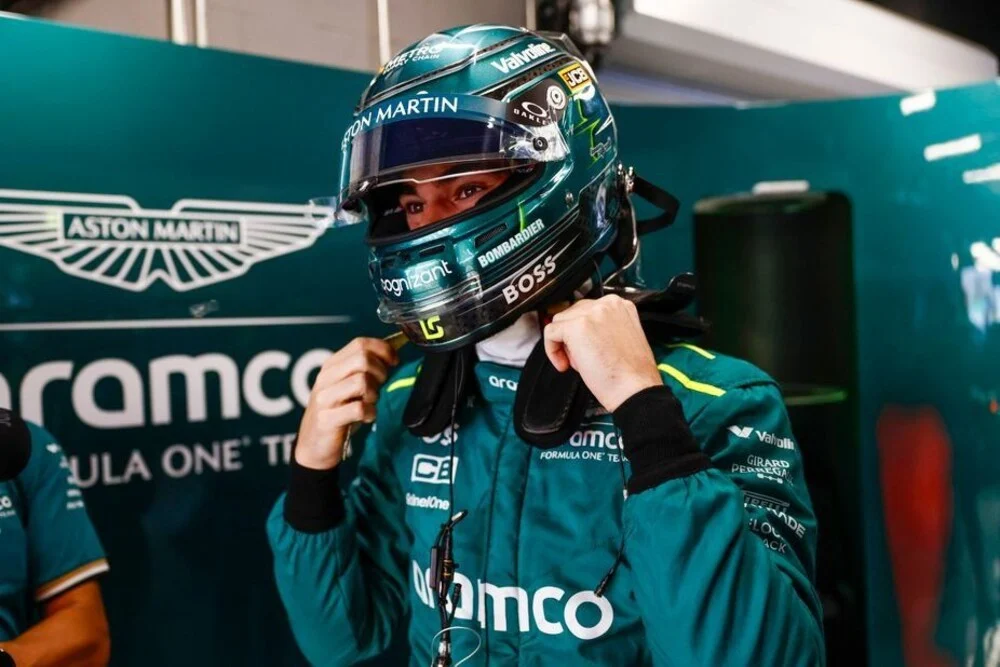Mercedes claims that the W13’s relative straight-line speed shortfall in Bahrain was attributable to aerodynamics rather than engine inferiority, as many have speculated.
Last weekend, the Brackley team and Lewis Hamilton were able to salvage a podium at Sakhir owing to Red Bull’s late double DNF, without which the seven-time world champion and teammate George Russell would have finished fifth and sixth, respectively.
The issues with Mercedes’ W13, like as porpoising and excessive understeer, have been widely documented. However, the team’s new Silver Arrow has another flaw: it lacks velocity on the straights.
Hamilton and Russell were about 8 km/h slower down Bahrain’s main straight in qualifying than Red Bull’s RB18, which topped the speed trap readings.
However, Mercedes’ customer teams did not fare much better, implying that the German manufacturer’s engine was underpowered in comparison to its competitors.
The W13’s rear wing, according to Mercedes chief technical officer James Allison, is the reason of its peak speed relative inferiority.
“I think most of that is coming from the size of our rear wing,” said Allison in Mercedes’ Bahrain Grand Prix debrief.
“If you look at the cars coming down the straights one after the other and just look at the frontal area of the rear wings that each team has, you will see that we were running the biggest rear wing.”
“Rear wings are a large factor in how much drag the car has, and the amount of drag a car has is a large factor in what the end-of-straight speed of the car will be.”
“Now, there will be other differences, of course there may be small differences in the power of the engines.”
“But I don’t think any of us none of the teams have got a handle on that at the moment, exactly what the pecking order is, and they are likely to be small if differences at all.”
“The rear wings, on the other hand, you can see the differences there, and we did have the biggest wings.”
Allison said Mercedes is working hard to find a solution that avoids “throwing away the fundamental performance of the car” in the W13’s persistent porpoising issue, which is affecting the car’s overall performance.
“We are starting to get it under control but at the moment we are getting it under control a little bit by having to throw away the basic performance of our car as a smaller problem, in order to get the bigger problem, the uncontrollable bouncing, slightly under our control,” he explained.
“In the coming weeks and of course with massive, massive pressure on us to make sure we deliver this quickly.”
“We will find improvements that get on top of the bouncing while not throwing away the underlying performance of the car in order to do so.”
“We can’t obviously wait to deliver those solutions,” added Allison.
“We are hard at work back here in the factory to find them, make them, get them to the car and then enjoy the benefits of them and hopefully start to realise some of the inherent goodness that we have built into this car that should put us back up where we want to be at the front-end of the grid.”












